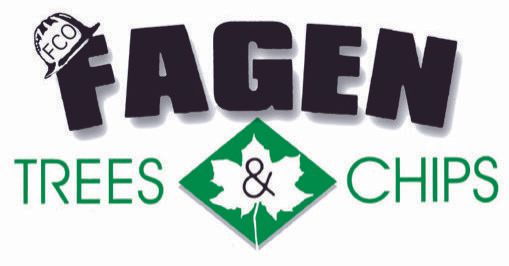Is carbon sequestering the answer to climate change in Central Oregon?
What is Carbon Sequestering? According to Webster's dictionary, carbon sequestering is;
“the pulling of carbon dioxide out of the air through the use of trees offsetting the use of fossil fuels. It's a natural, or artificial, process by which carbon dioxide is removed from the atmosphere and held in solid or liquid form to mitigate or defer global warming and climate change.
Essentially, it reduces the atmospheric accumulation of greenhouse gasses which are released by burning fossil fuels.”
How does it work in relation to our forests? It's a natural process
that is accomplished through managing the health of the forests to sequester CO2. Forests that have not been managed properly do not sequester carbon. They are carbon neutral, which is not a bad thing but because humans have increased their use of fossil fuels we need the forest to work harder for us to offset carbon in the air. One way of doing this is to remove some dead, dying and brush. Additionally, organic materials and debris from the forest should be mulched into the forest floor to further support tree growth and carbon sequestering. This will allow larger, healthier trees to grow and the forest to grow which helps allows the forest to be more efficient in removing CO2.
Current forest conditions are overcrowded and producing too much carbon. Old and young trees are growing unnaturally close and competing for resources, dead trees and limbs and brush all oxidize which contributes to the release of more carbon into the air, contributing to climate change through catastrophic wildfire outbreaks. If we allow trees to run through their natural cycles, they will take carbon out of the air helping to reduce climate change. If we don't thin the forests of these dead debris they contribute to catastrophic wildfires which contribute to CO2 in the air which further contributes to climate change.
Every tree in every forest will eventually burn and that stored carbon will go right back up into the atmosphere. Nurturing the duff, thinning crowded trees, clearing fire fuels and grinding these materials into mulch for the forest floor will help the forest mitigate global warming and sequester carbon faster.
Contrary to popular belief, thinning forests, if done correctly and in the right amount, can help climate change but if done incorrectly, and in the wrong amounts, will contribute to climate change. It is important to have a balanced approach at all times.
Forest sequester carbon and until they become fully stocked and start tapering off in growth and carbon sequestering, they must be harvested to the basal area of maximum growth. The material harvested from the land is carbon that will be used by society and stored in the form of different consumer products, such as mulch, chips, fire wood, liquid fuels and plywood. One such product would be wood or wood pellets, which are carbon neutral, that can be used to heat homes thereby closing the carbon loop, whereas, heating your home with oil coal or natural gas is burning fossil fuels that put carbon back into the air. Proper forest management strategies are the key to sequestering carbon, in that, it creates consumer products that are used by society. These products become carbon neutral, unlike fossil fuels, and help to reduce the amount of carbon entering the air.
Our job now is to assist the forest in bringing balance to the forest floor organics, thinning carbon producing trees and assisting the forest new growth so they it can sequester more carbon which will help the planet correct the man-made climate change.
Wade P. Fagen
Owner/Arborist-Fagen Trees and Chips


